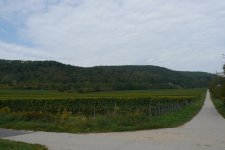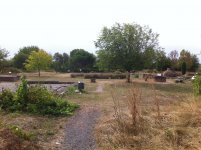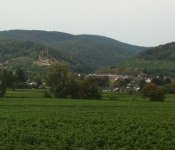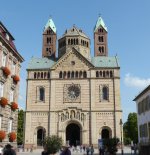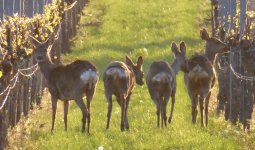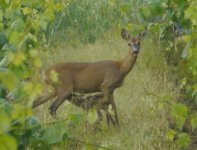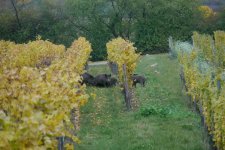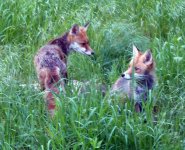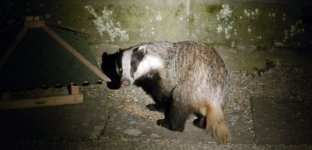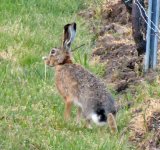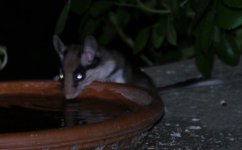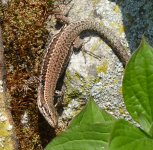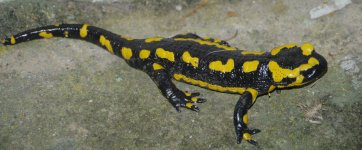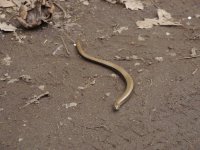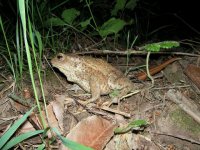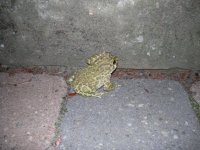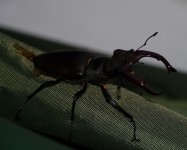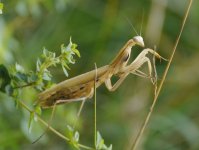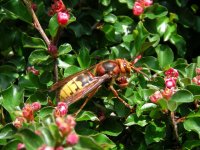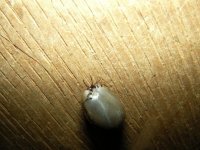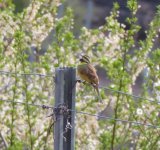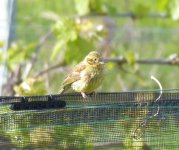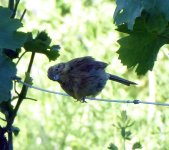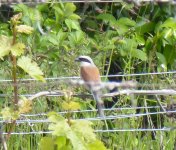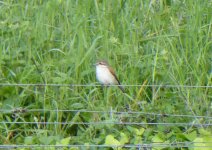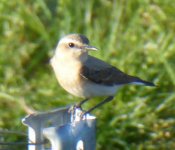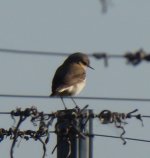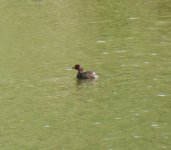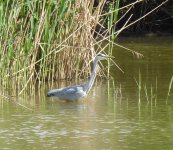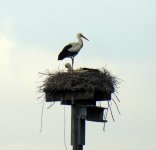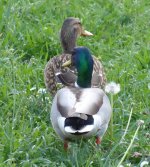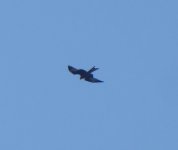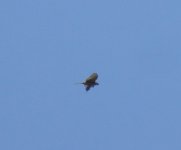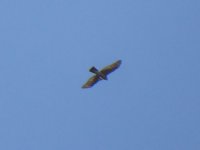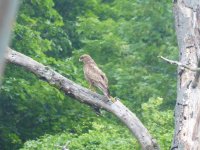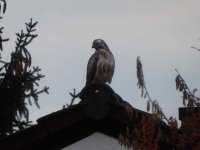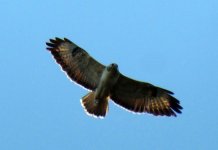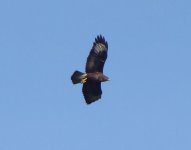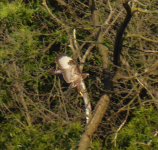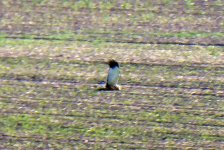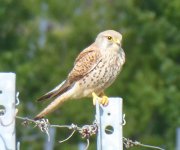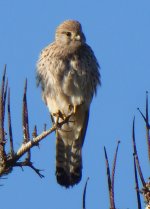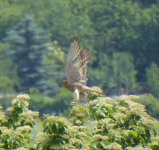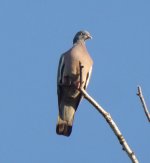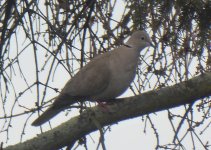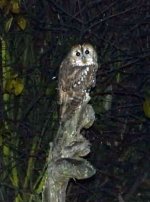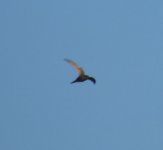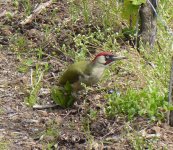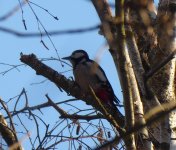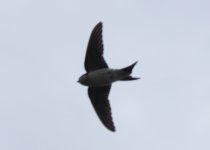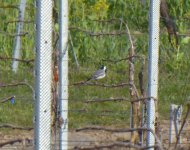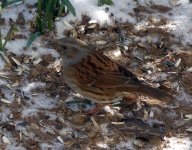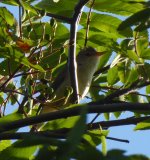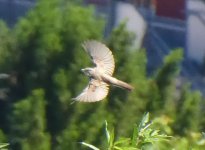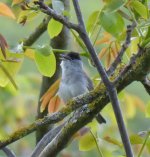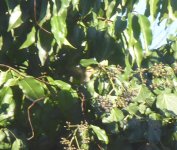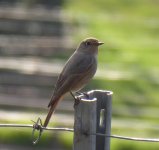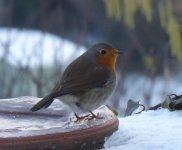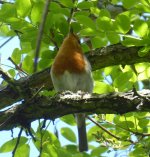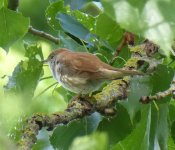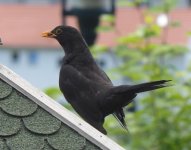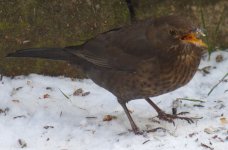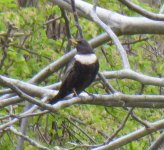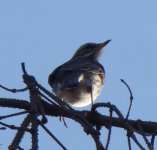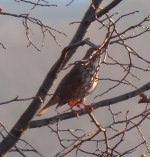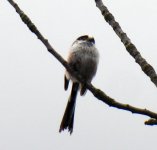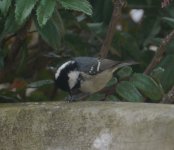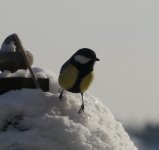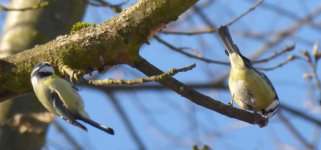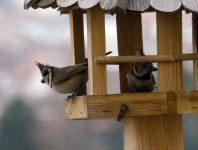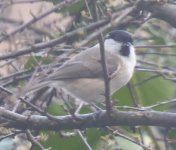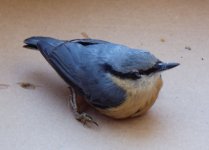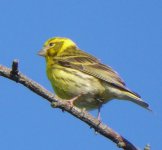Classick
Active member

Dear all,
I would like to introduce you to one of my “patches”. First of all, though, please bear with me that I am just a bird watching amateur and not a professional ornithologist – nor a biologist, for that matter. Also, I have not been everywhere in the area I am about to describe and I have not seen everything there is to see. All I want is to introduce you to this patch to show my appreciation for it and hopefully to show you something new.
Also, I have decided to break this up into several parts because … this description is a bit “longer”.
While we are only at the beginning of my description, things are already getting complicated. The whole thing I am presenting here is called a “Vogelschutzgebiet” (bird reserve) in German but also consists of various and not necessarily interconnected “Naturschutzgebiete” (nature reserves). Moreover, it is part of Natura 2000, a European Union network of protected areas. What I am getting at is the “Vogelschutzgebiet Haardtrand” in the southwestern state of Rhineland-Palatinate in Germany.
The Haardt (from old German for forest) is a range of hills and actually part of the Pfälzerwald, or Palatinate Forest, a what we would call “Mittelgebirge” in German. The Haardtrand is at the edge (hence “Rand”) of that mountain range. I like to say that the Haardtrand is located “zwischen Wald und Wingert” – between woods and vinyards. The Pfälzerwald is characterized by sandstone, often very sandy soil, and especially European red pine tree (but also, though to a much more limited extent, chestnut – a reason why the Pfälzerwald gets flooded with people looking for “Keschde”, as the edible seed is called in the local dialect, during fall).
The transitional zone between the Haardt forest and the vinyards is characterized by a mix of trees and also the presence of fruit tree orchards. At least in “my neck of the woods”, many of the latter are slowly but surely (re-)taken over by the “wilderness” because, I guess, their owners are either dead, too old to still be able to care for their gardens, or do not even know that they actually own said property … The apple, pear, and cherry trees there are not cultivated anymore and slowly dying, giving way to other plants. There is a lot of clematis vitalba, which we would call “Waldrebe”. There are also lots of blackberry shrubs. In spring, almond trees, dog roses, and lilacs are blooming there. And thrown in for good measure (or rather to personal taste) are some trees planted only because of the respective gardener’s aesthetic feelings but not necessarily because they “fit” in there “naturally” …
The photo exemplifies the location of the Haardtrand "between woods and vinyards".
To be continued ...
I would like to introduce you to one of my “patches”. First of all, though, please bear with me that I am just a bird watching amateur and not a professional ornithologist – nor a biologist, for that matter. Also, I have not been everywhere in the area I am about to describe and I have not seen everything there is to see. All I want is to introduce you to this patch to show my appreciation for it and hopefully to show you something new.
Also, I have decided to break this up into several parts because … this description is a bit “longer”.
While we are only at the beginning of my description, things are already getting complicated. The whole thing I am presenting here is called a “Vogelschutzgebiet” (bird reserve) in German but also consists of various and not necessarily interconnected “Naturschutzgebiete” (nature reserves). Moreover, it is part of Natura 2000, a European Union network of protected areas. What I am getting at is the “Vogelschutzgebiet Haardtrand” in the southwestern state of Rhineland-Palatinate in Germany.
The Haardt (from old German for forest) is a range of hills and actually part of the Pfälzerwald, or Palatinate Forest, a what we would call “Mittelgebirge” in German. The Haardtrand is at the edge (hence “Rand”) of that mountain range. I like to say that the Haardtrand is located “zwischen Wald und Wingert” – between woods and vinyards. The Pfälzerwald is characterized by sandstone, often very sandy soil, and especially European red pine tree (but also, though to a much more limited extent, chestnut – a reason why the Pfälzerwald gets flooded with people looking for “Keschde”, as the edible seed is called in the local dialect, during fall).
The transitional zone between the Haardt forest and the vinyards is characterized by a mix of trees and also the presence of fruit tree orchards. At least in “my neck of the woods”, many of the latter are slowly but surely (re-)taken over by the “wilderness” because, I guess, their owners are either dead, too old to still be able to care for their gardens, or do not even know that they actually own said property … The apple, pear, and cherry trees there are not cultivated anymore and slowly dying, giving way to other plants. There is a lot of clematis vitalba, which we would call “Waldrebe”. There are also lots of blackberry shrubs. In spring, almond trees, dog roses, and lilacs are blooming there. And thrown in for good measure (or rather to personal taste) are some trees planted only because of the respective gardener’s aesthetic feelings but not necessarily because they “fit” in there “naturally” …
The photo exemplifies the location of the Haardtrand "between woods and vinyards".
To be continued ...
Attachments
Last edited:




